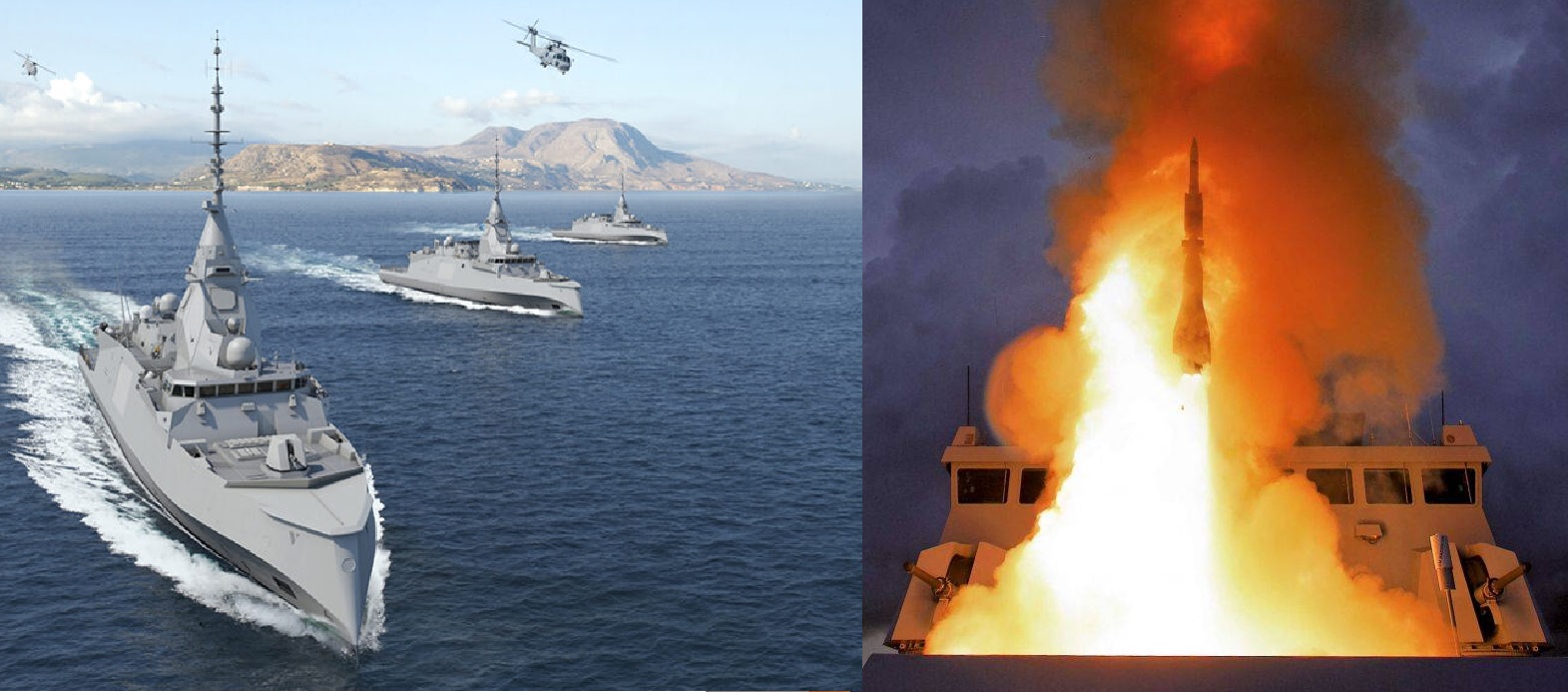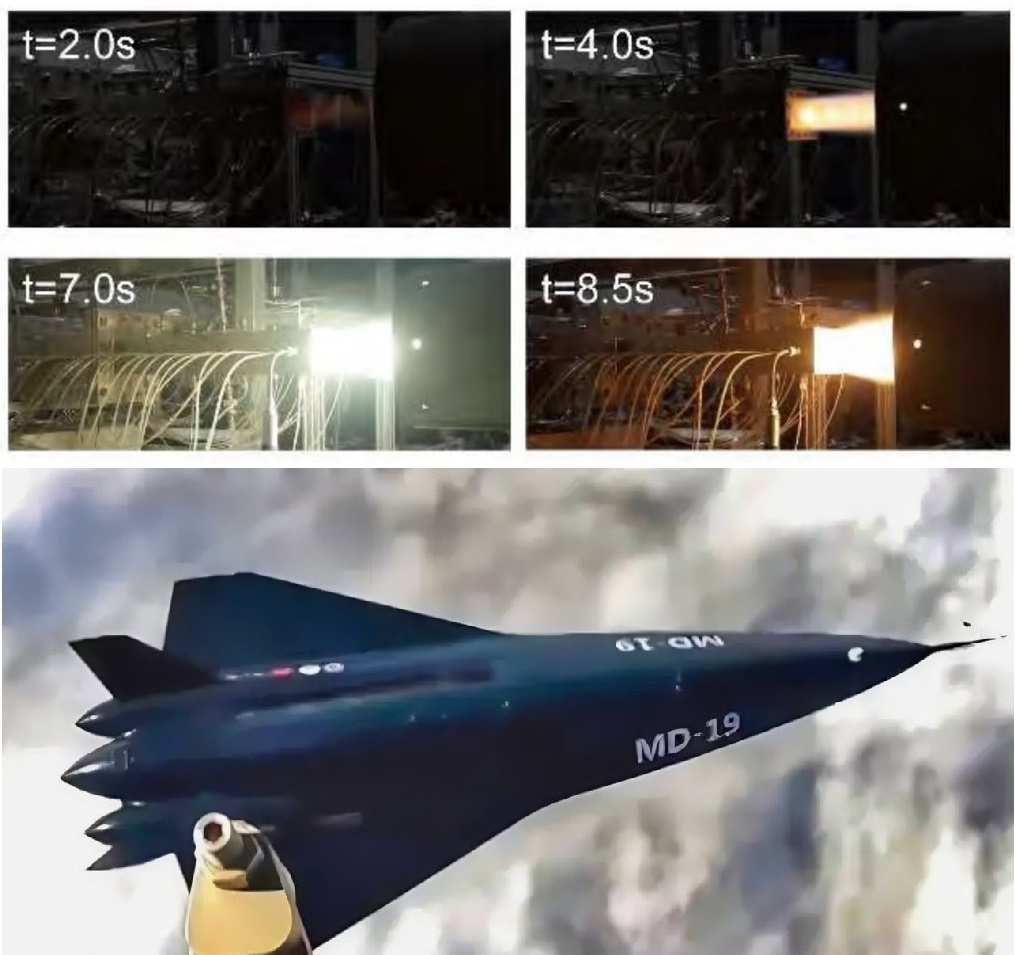France Upgrades FDI Frigates From 16 to 32-Cell VLS for Enhanced Air Defense

In a decisive move to strengthen the Marine Nationale’s surface fleet, French defense officials have announced that the fourth and fifth FDI-class frigates will be built with an expanded vertical launch system (VLS) configuration, doubling their missile capacity from 16 to 32 cells. The announcement came during parliamentary discussions on the 2026 Finance Bill, marking a major evolution in France’s naval modernization program.
The decision not only reflects the changing threat landscape but also aligns France’s domestic FDI configuration with the more heavily armed Hellenic Navy’s Kimon-class, the export variant of the same design. French officials further confirmed that the first three ships in the class — Amiral Ronarc’h, Amiral Louzeau, and Amiral Castex — will be retrofitted with the same VLS expansion once construction schedules allow, ensuring fleet-wide standardization by the early 2030s.
FDI Frigates: The New Backbone of France’s Blue-Water Fleet
Developed by Naval Group, the FDI (Frégate de Défense et d’Intervention) program represents the cornerstone of France’s future surface combatant fleet. These 4,500-ton multi-mission frigates are designed to operate across all warfare domains — anti-air, anti-surface, anti-submarine, and electronic warfare — while integrating advanced automation, cybersecurity, and digital combat management systems.
The lead ship, Amiral Ronarc’h, was officially delivered to the French Navy in October 2025 after two years of extensive sea trials. These trials validated the ship’s high level of digital integration, including its fully cyber-secure “digital twin” architecture, enabling predictive maintenance and AI-assisted combat management. The frigate’s SETIS 3.0 combat management system integrates seamlessly with the Thales SeaFire AESA radar, providing 360° multi-function coverage capable of detecting and tracking stealthy aerial and surface threats simultaneously.
Doubling the Firepower: From 16 to 32 Aster Missiles
In their original configuration, French FDIs were fitted with two Sylver A50 VLS modules, totaling 16 missile cells — sufficient for the MBDA Aster 15 and Aster 30 family of surface-to-air missiles. This setup offered strong self-defense and limited area air defense capabilities, ideal for independent deployments or lower-intensity operations.
However, as global naval warfare evolves, France’s Ministry of the Armed Forces recognized the growing need for deeper air-defense magazines. The upgraded ships will now carry four Sylver A50 modules, doubling missile capacity to 32 cells — a configuration identical to Greece’s FDI HN (Kimon-class) frigates.
This move significantly enhances the class’s anti-air warfare (AAW) resilience, allowing each ship to engage more targets simultaneously and sustain longer engagements during high-intensity operations or saturation attacks. It also allows for more flexible loadouts, enabling combinations of Aster 15s, Aster 30s, and potentially future missile types such as the Aster 30 Block 1NT, which adds anti-ballistic missile capabilities.
The Aster Missile Family: Europe’s Shield at Sea
The Aster missile series, jointly developed by MBDA and Thales, forms the backbone of Europe’s naval air defense. The Aster 15 variant has a range exceeding 30 kilometers and is optimized for intercepting sea-skimming anti-ship missiles, UAVs, and fast jets. Its longer-range sibling, the Aster 30, can destroy targets out to 120 kilometers, including supersonic missiles and short-range ballistic threats.
Both missiles utilize the unique “PIF-PAF” (Pilotage en Force – Pilotage Aérodynamique Fort) control system, which combines aerodynamic steering and thrust-vector control. This dual mechanism allows the missile to withstand maneuvers up to 50 g, granting it exceptional agility and a near 90% kill probability against even the most evasive targets.
The expanded VLS arrangement gives FDI frigates the missile depth required to serve as a credible air-defense escort, protecting carrier strike groups, amphibious task forces, or high-value merchant convoys across extended operations.
Why France Is Upgrading Now
The timing of this upgrade is directly tied to evolving operational lessons from recent global conflicts — particularly the widespread use of drones, long-range precision weapons, and saturation missile attacks observed in the Black Sea and Middle East.
French naval planners concluded that the original 16-cell configuration was insufficient for extended engagements. While adequate for peacetime patrols or limited regional missions, modern naval operations demand “depth of fire” — the ability to sustain multiple interceptions over prolonged periods.
The new configuration addresses this gap, allowing FDI frigates to operate confidently in contested environments alongside larger surface combatants such as the FREMM Aquitaine-class and the Horizon-class destroyers (Forbin and Chevalier Paul).
Closing the Capability Gap
When the FDI was first conceptualized in the mid-2010s, budgetary limits forced Naval Group to reduce the VLS capacity, even though the hull design could physically support more cells. Ironically, export clients such as Greece and Morocco opted for the fully armed version — exposing a capability imbalance within France’s own navy.
The new upgrade finally corrects this, giving the French Navy parity with export-standard vessels. It also reflects a shift in Paris’s defense philosophy — favoring fully equipped platforms over “fitted for but not with” approaches that had characterized earlier procurement cycles.
Strategic Implications for the French Navy
By 2030, France will operate five FDI frigates, forming the next-generation complement to its eight FREMM frigates and two Horizon-class destroyers. Together, they will provide the Marine Nationale with a tiered and integrated air defense umbrella, spanning from self-defense to wide-area protection.
-
FDI frigates (with 32 Asters) will serve as multi-role ships capable of fleet escort and independent deployments.
-
FREMM frigates will focus on anti-submarine warfare and land-attack missions.
-
Horizon-class destroyers will remain France’s premier air-defense command vessels, controlling battle groups through cooperative engagement with FDIs.
This layered approach ensures strategic redundancy, allowing France to maintain high readiness across multiple maritime theaters — from the Atlantic and Mediterranean to overseas deployments in the Indo-Pacific.
Looking Ahead
Naval Group has already begun engineering design studies for retrofitting the first three FDIs. The upgrades will be scheduled during mid-life maintenance periods to minimize disruption to fleet availability. Each retrofit will likely include additional cooling systems, expanded power distribution, and software integration to manage the increased missile count and engagement scenarios.
The expansion also opens the door for future weapon integration, such as MBDA’s MICA NG for close-in defense, or next-generation Aster variants with enhanced sensor fusion and intercept profiles.
France’s decision to double the missile capacity of its FDI frigates is more than a technical upgrade — it’s a strategic recalibration of naval power for the 2030s. As maritime threats evolve toward faster, stealthier, and more numerous aerial systems, the French Navy is ensuring its newest warships have both the reach and resilience to respond.
By aligning domestic ships with their export counterparts and future-proofing them for sustained operations, Paris is sending a clear message: the Marine Nationale intends to remain a front-line force in Europe’s maritime defense — equipped, adaptable, and ready for the high-end fight.
✍️ This article is written by the team of The Defense News.






